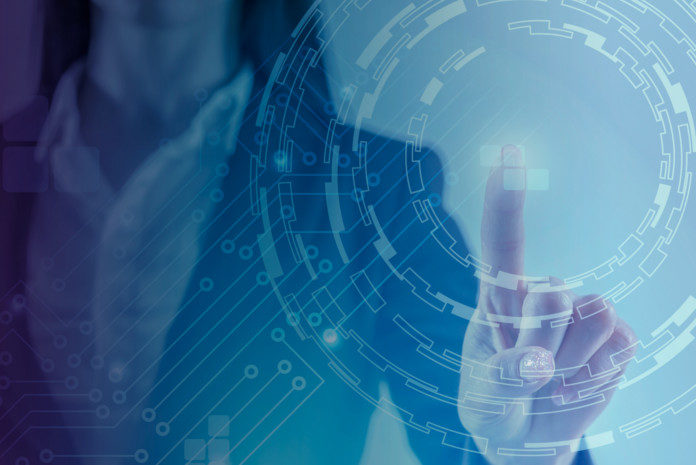NTT Ltd has today announced its ‘Future Disrupted: 2020’ technology trends predictions. They’re based on the most critical technology trends companies need to be aware of next year and the steps they need to take to address them. Formed from key insights from its technology experts, the company outlines the trends that will shape the business technology landscape throughout 2020 across six key areas: Disruptive technologies, cybersecurity, workplace, infrastructure, business, and technology services.
NTT Ltd (India) Director – Solutions & Consulting, Lux Rao predicts mainstream adoption of disruptive technologies in 2020 will finally see data, automation and internet of things (IoT) technologies come together to create connected enterprises, campuses, cities and societies.
The company predicts that 2020 will finally see all the hype words of the past decade come together to create completely connected environments that are capable of running themselves autonomously to build more intelligent cities, workplaces and businesses – and on a secure basis. Data, AI and secure by design will be at the heart of this movement, empowering devices to talk to one another and act on that information without human intervention. Disruptive Technologies will become the norm as they improve productivity, growth and innovation across entire work, live and play environments.
Commenting on the predictions, Rao said, “The industry has been talking about different technologies, including the cloud, data, AI and security in different siloes. But 2020 is the year that will change. Next year, we’ll see complete end-to-end computing come to the fore, bringing to life fully intelligent environments that are completely connected and will have a big impact on the world we live in.”
He said, “We will see most cities and societies starting to follow in the footsteps of pioneer smart cities, such as Las Vegas, that have become intelligent in the way they shares data across the region, improving situational awareness through video and sound data. IoT technology on a secure infrastructure has created safer environments to live in, improving living conditions and, ultimately, saving lives. Projects like these need a variety of different technology capabilities to come together in order to achieve great things, so building fully connected environments will be the key focus point next year.”
The predictions have been compiled by NTT experts, who have identified key trends for the next twelve months as well as the disruptive technologies we can expect in the future – and the steps businesses can take in 2020 to take full advantage of them.
Rao added, “Technology is already changing quickly, but this is the slowest pace of change we’ll ever see. It’s clear too that we’ve never had so much powerful technology at our disposal – technology we can use to answer questions and solve problems in our societies, businesses, and communities. There is a huge opportunity to use any and every tool out there to support innovation initiatives in every field and truly transform our future world for the better.”
Some of the disruptive technologies from the predictions include:
- Digital twinning: With enough datapoints, you can model behaviour and understand patterns – for example, the diet of someone’s biometric twin – and come to more accurate conclusions (the time it would take before a health incident occurs), more quickly, and at a fraction of the cost of modern-day science.
- Building trust through digital interactions: Now that AI has evolved, we can move from being purely transactional to having a more relational engagement with customers, applying rules that bring empathy to the interaction and establish trust with the customer.
- Immersive, responsive ‘phygital’ spaces, where the physical world blends with the digital take any physical space – a meeting room, office, shop, VIP box in a stadium – and plug in a limited series of technologies to transform it into a virtual environment that can create any range of experiences.
- Smart buildings that will use IoT to make their inhabitants feel more comfortable – automatically adjusting temperatures to the number of people in them, or lighting to the time of day – while becoming more sustainable too.
- ‘Data wallets’, putting data in the hands of the person who owns it and making it completely secure for them. Nobody can access that data without certain permissions being in place and, if the user is under threat, can be locked down.
If you have an interesting article / experience / case study to share, please get in touch with us at [email protected]














